You cannot simply take the the waveform data and render all data points, this is terribly inefficient.
Variable explanation:
- width: Draw area width in pixels, max is screen width
- height: Same as width but then height of draw area
- spp: Samples per pixel, this is your zoom level
- resolution: Number of samples to take per pixel sample range, tweak for performance vs accuracy.
- scroll: You will need virtual scrolling for performance, this is the scroll position in px
- data: The raw audio data array, probably several million samples long
- drawData: The reduced audio data used to draw
You are going to have to only take the samples that are in the viewport from the audio data and reduce those. Commenly this results in a data set that is 2 * width, you use this data set to render the image.
To zoom out increase spp, to zoom in decrease it. Changing scroll value pans it.
The following code has O(RN) complexity where N is width and R is resolution. Maximum accuracy is at spp <= resolution.
The code will look something like this, this gets the peak values, you could do rms or average as well.
let reduceAudioPeak = function(data, spp, scroll, width, resolution) {
let drawData = new Array(width);
let startSample = scroll * spp;
let skip = Math.ceil(spp / resolution);
// For each pixel in draw area
for (let i = 0; i < width; i++) {
let min = 0; // minimum value in sample range
let max = 0; // maximum value in sample range
let pixelStartSample = startSample + (i * spp);
// Iterate over the sample range for this pixel (spp)
// and find the min and max values.
for(let j = 0; j < spp; j += skip) {
const index = pixelStartSample + j;
if(index < data.length) {
let val = data[index];
if (val > max) {
max = val;
} else if (val < min) {
min = val;
}
}
}
drawData[i] = [min, max];
}
return drawData;
}
With this data you can draw it like this, you could use lines, svg etc:
let drawWaveform = function(canvas, drawData, width, height) {
let ctx = canvas.getContext('2d');
let drawHeight = height / 2;
// clear canvas incase there is already something drawn
ctx.clearRect(0, 0, width, height);
for(let i = 0; i < width; i++) {
// transform data points to pixel height and move to centre
let minPixel = drawData[i][0] * drawHeigth + drawHeight;
let maxPixel = drawData[i][1] * drawHeight + drawHeight;
let pixelHeight = maxPixel - minPixel;
ctx.fillRect(i, minPixel, 1, pixelHeight);
}
}
